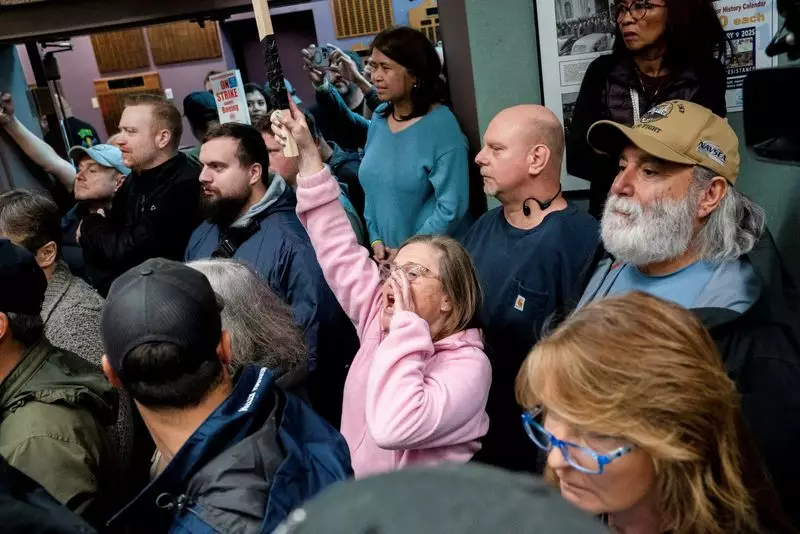In the tumultuous landscape of labor relations, the ongoing strike involving Boeing’s machinists represents a significant event in the aerospace industry. Since September 13, approximately 33,000 workers, primarily from Washington state, have halted production at one of the world’s largest airplane manufacturers. The workers are striking for better wages and job security amidst broader economic challenges that have recently beset Boeing.
The strike began following a breakdown in negotiations over the workers’ demands, which included a substantial pay increase of 40% and the revival of a defined benefit pension scheme. Initially, the union, represented by the International Association of Machinists and Aerospace Workers (IAM), had overwhelmingly rejected a contract proposal that offered a 25% raise over the span of four years. Faced with the reality of a five-week work stoppage, both sides returned to the negotiating table, striving to bridge the gap between Boeing’s offers and the union’s expectations.
The latest contract proposal, which will be put to a vote by union members, includes a more attractive wage increase of 35% over four years, a $7,000 ratification bonus, reinstatement of incentive plans, and improved contributions to workers’ retirement savings. Specifically, Boeing proposes to make a one-time $5,000 contribution to employees’ 401(k) plans, alongside potentially generous employer contributions of up to 12%.
Despite this improved offer, the union remains cautious. They have emphasized to their members that the future of the contract remains in their hands, a clear indication of the precariousness of labor negotiations in such a charged environment. Given the prior rejection of Boeing’s initial proposal, the question looms large: will this new offer be sufficient to win over the strikers?
Boeing’s troubles extend beyond labor disputes, as the company has faced numerous operational and financial challenges this year. The decision to cut 17,000 jobs—around 10% of its workforce—is a stark reflection of its ongoing difficulties. This move, combined with an announcement of significant financial penalties and credit agreements, paints a troubling picture for the aerospace giant.
The scrutiny from regulatory bodies like the Federal Aviation Administration (FAA) has intensified. A recent safety inquiry was triggered by an incident involving a door panel detaching from a 737 MAX 9 jet during flight. This incident, coupled with Boeing’s admission of previous fraud in a deferred prosecution agreement, reveals a comprehensive set of issues that threaten both public trust and operational integrity.
The ramifications of the strike extend beyond Boeing’s production lines. Economists predict that the labor dispute will have a measurable impact on the broader economy, influencing employment figures in the upcoming October employment report. Estimates suggest that the strike, along with additional furloughs and layoffs affecting non-striking workers, could cost the economy up to 50,000 jobs during the month of October alone. The challenge for policymakers is to navigate the delicate balance between supporting fair labor practices and maintaining economic stability.
As we approach the November presidential elections, the fallout from this labor dispute adds another layer of complexity to economic recovery narratives. Should the strike continue or worsen, it risks overshadowing the relatively positive job growth reported in recent months.
The struggle between Boeing and its machinists is emblematic of a larger movement within the labor market, highlighting the push for better compensation and improved working conditions. As the vote on the new contract proposal looms, the outcome could set a precedent not just for Boeing, but for labor relations across various industries.
The Boeing strike serves as a critical juncture where labor rights, corporate responsibility, and economic pressures intersect. The coming days will be pivotal in determining not only the future of the workers at Boeing but possibly on how labor negotiations will be shaped in the post-pandemic world. The aviation giant finds itself at a crossroads, facing the imperative to reconcile its operational challenges with the demands of a motivated workforce.

